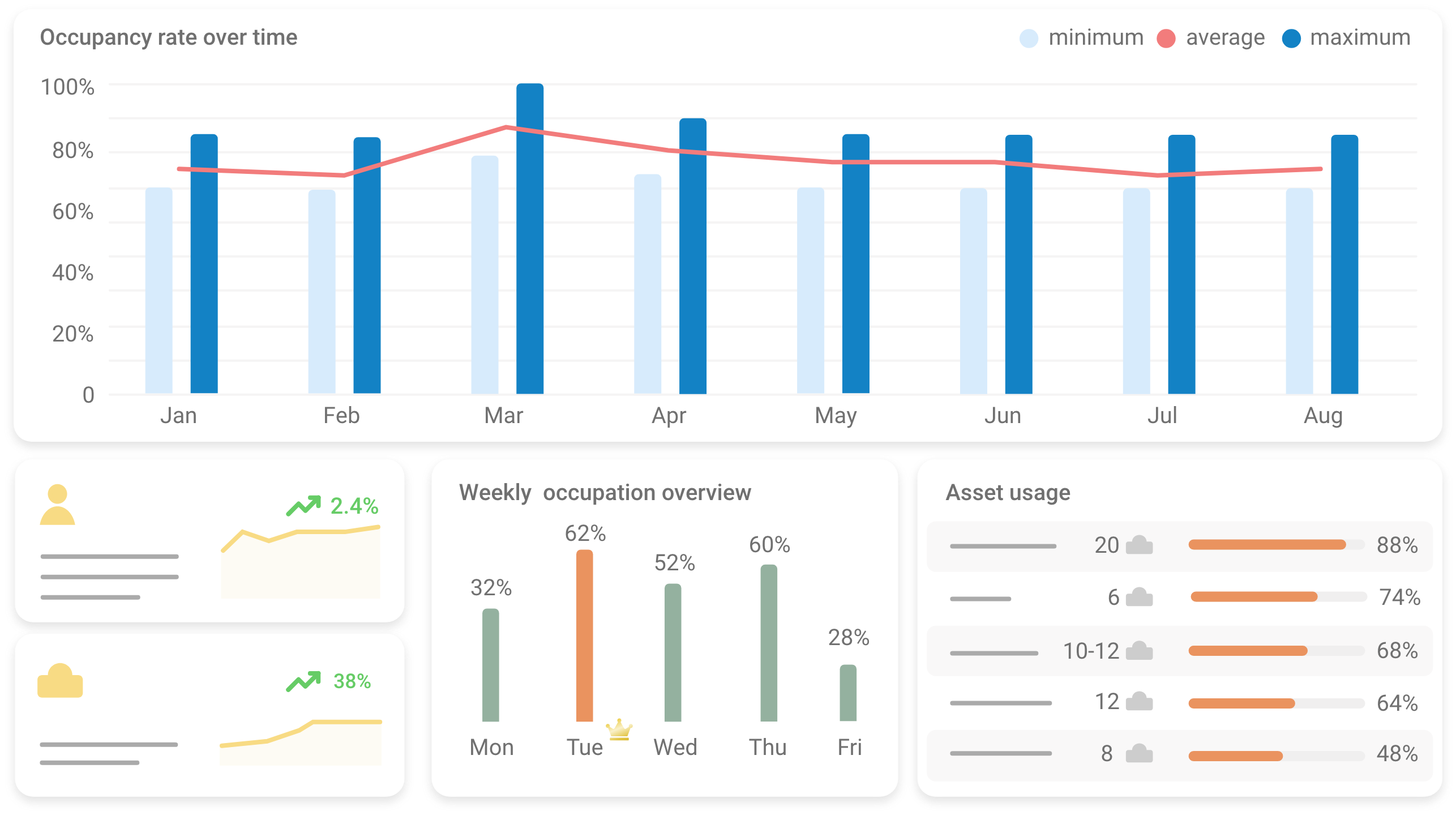The way we work has evolved dramatically over the past few years, with technology and a global pandemic playing a significant role in the shift. One of the most prominent changes has been the rise of hybrid working—a flexible work model that combines remote work with traditional office-based work. Let’s dive into the concept of hybrid working and the most popular variations of the hybrid working model to find the best one for you and your organisation!
1. What is hybrid working?
Hybrid working is a flexible work arrangement that enables employees to split their time between working in a central office and working remotely, often from home or other suitable locations. This model empowers employees to choose the most effective work environment based on their specific tasks, personal preferences, and lifestyle needs.
2. What are the types of hybrid work models?
Communication is key to bridging generational differences. Encourage employees to talk to one another and collaborate on projects, regardless of their age or background. Try team-building activities that facilitate interaction and communication between employees of different generations. By getting to know each other better, employees can build trust and understanding, which can lead to better teamwork and productivity. A study by AARP found that businesses that embrace a multi-generational workforce experience an average of 74% greater productivity than those that do not.
Variation 1: Flexible Office Hours
Flexible office hours allow employees to choose when they work in the office and when they work remotely. This model promotes work-life balance and provides employees with autonomy in managing their schedules. Flexible office hours can accommodate different time zones, support working parents, and cater to employees with different productivity peaks during the day.
Variation 2: Rotational Schedules
Rotational schedules involve dividing employees into groups that alternate between in-office and remote work. This model ensures that a certain percentage of staff is always physically present in the office. Rotational schedules can be implemented on a weekly or monthly basis and can be an effective way to reduce office space and maintain social distancing measures.
Variation 3: Activity-Based Working
Activity-based working involves assigning specific tasks or activities to be completed in the office and others to be done remotely. For instance, collaborative tasks that require team interaction may be designated for in-office work, while independent or focused tasks can be completed remotely. This model encourages efficient use of office space and resources while maintaining the benefits of remote work.
Variation 4: Department-Based Hybrid Model
A department-based hybrid model allocates specific departments or roles for remote work while others are required to be in the office. This model considers the unique needs of different departments and ensures that office resources are utilized efficiently. For example, customer support teams may work remotely, while research and development teams may need the resources available in the office.
By considering the different variations of hybrid working, organizations can find the perfect blend that meets their unique needs and fosters a productive, collaborative, and innovative work environment. It is essential to engage employees in the decision-making process, monitor progress, and remain flexible to adapt and evolve as needed. Special management software, such as FlexWhere, can help manage the hybrid workplace more effectively with just a few clicks, no matter which model fits your organisation best.




















